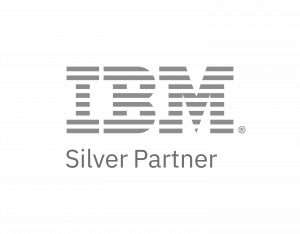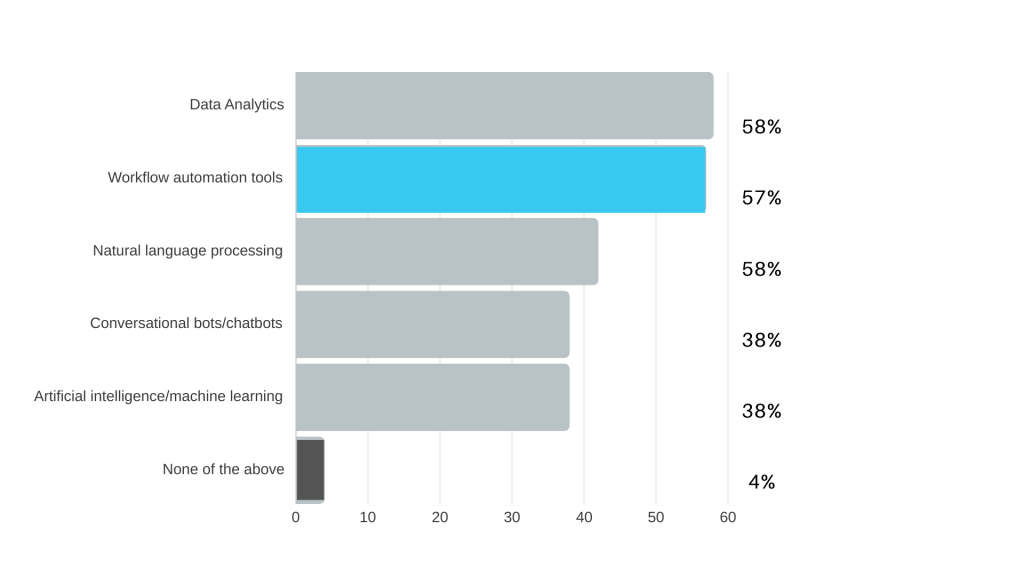
About the Author
Conner Forrest
Senior Analyst, Workforce Productivity & Collaboration
Conner Forrest is a Senior Research Analyst with the Workforce Productivity &
Collaboration team at 451 Research, a part of S&P Global Market Intelligence.
His areas of focus are content management, HR tech and corporate
performance management.
Before joining 451 Research, Conner worked as a senior editor with CBS
Interactive, covering a variety of enterprise tech trends. He received a Bachelor
of Science in Communication from the University of Louisville and a Master of
Science in Journalism from Northwestern University


